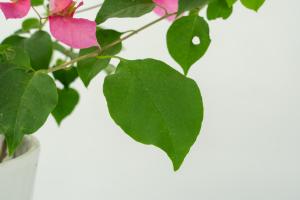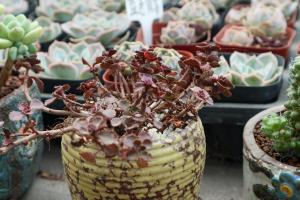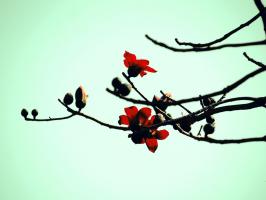Prepare materials
Sand
River sand or sea sand is OK. If there is a river nearby, you can go to the river to dig some, or ask friends on the construction site for some. Sea sand is the easiest to get. When you go to the beach, you can bring some. The particle size is about 0.5 ~ 1 cm

Sieve
It's a tool commonly used by families to wash rice. Borrow it for a while. Don't forget to wash it after use
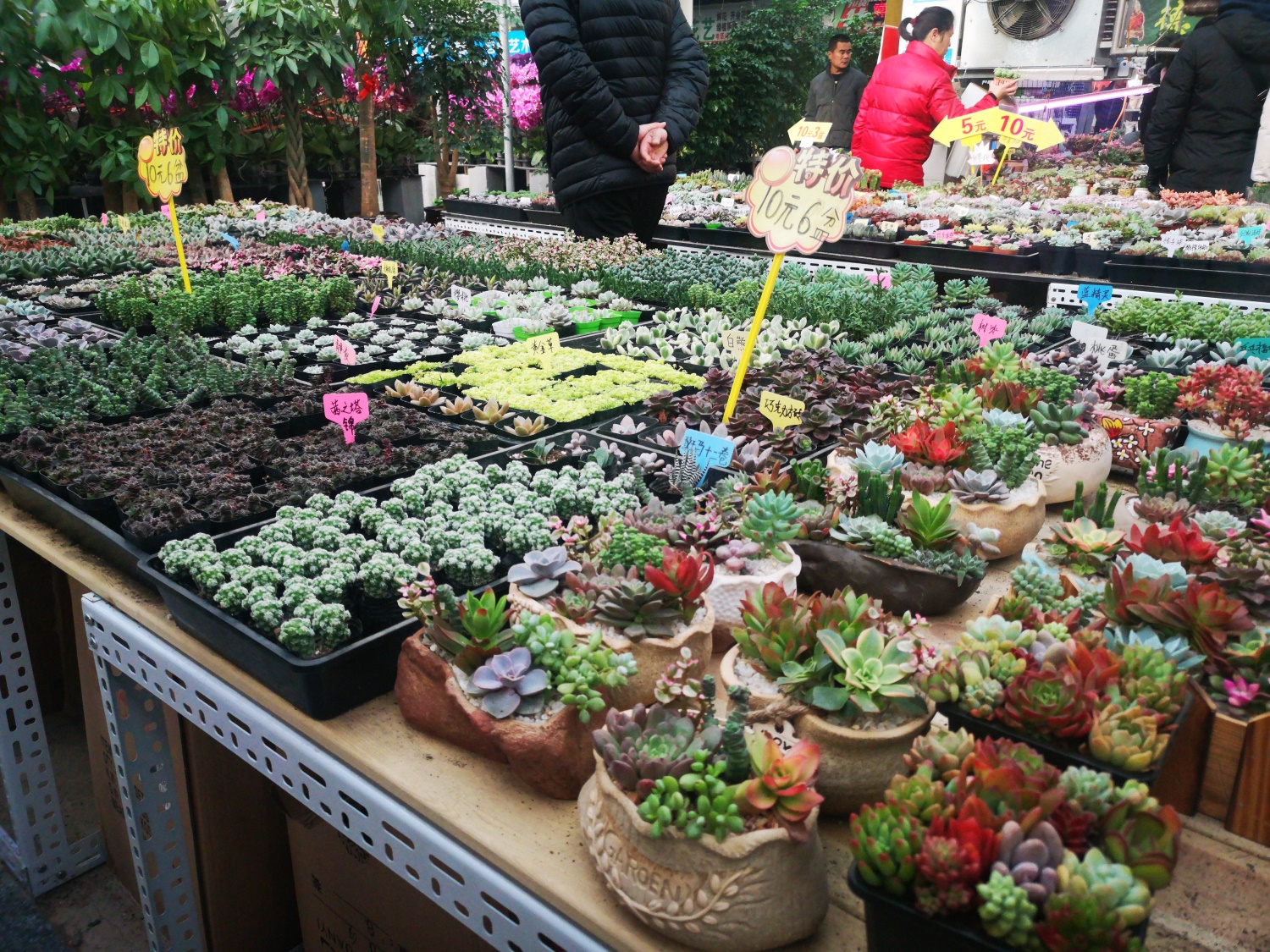
Production process
When the tools are ready, you can start. The steps are mainly divided into sand screening - Cleaning - drying
The first step is sand screening
Taking river sand as an example, the smaller particles in river sand are removed. Put the river sand on the sieve and put a basin under the sieve. Shake the sieve quickly and repeatedly to select the river sand with larger particles

If the dust is too large when screening sand, you can add a little water to the basin below. But note that the sand that has not been screened should be kept dry, otherwise the sand will be very sticky and cannot be screened
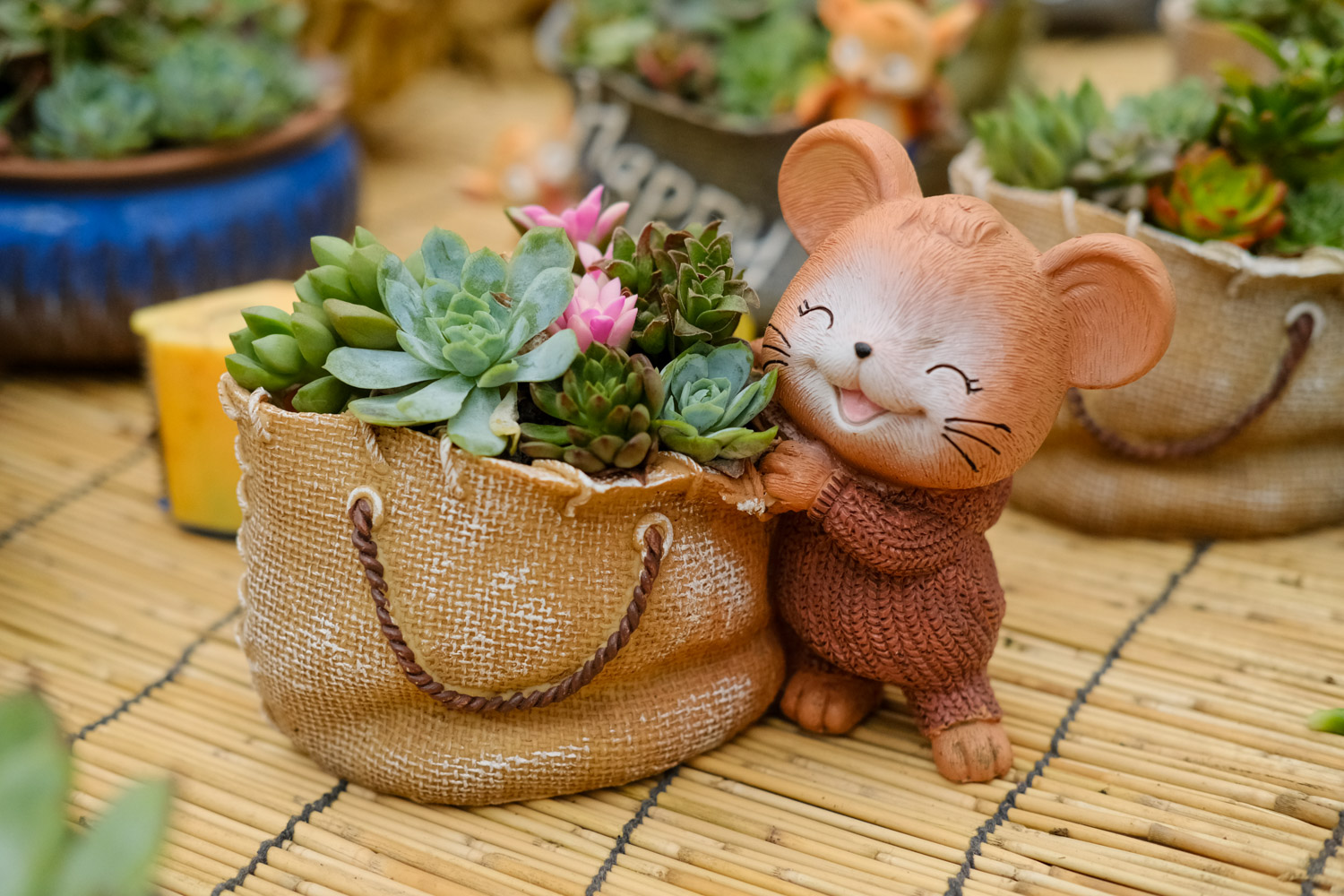
Deng Deng Deng, the sand is screened

Step 2: cleaning
Wash the screened sand repeatedly to remove the dust on the surface. Make the surface of sand cleaner and show its beautiful natural color
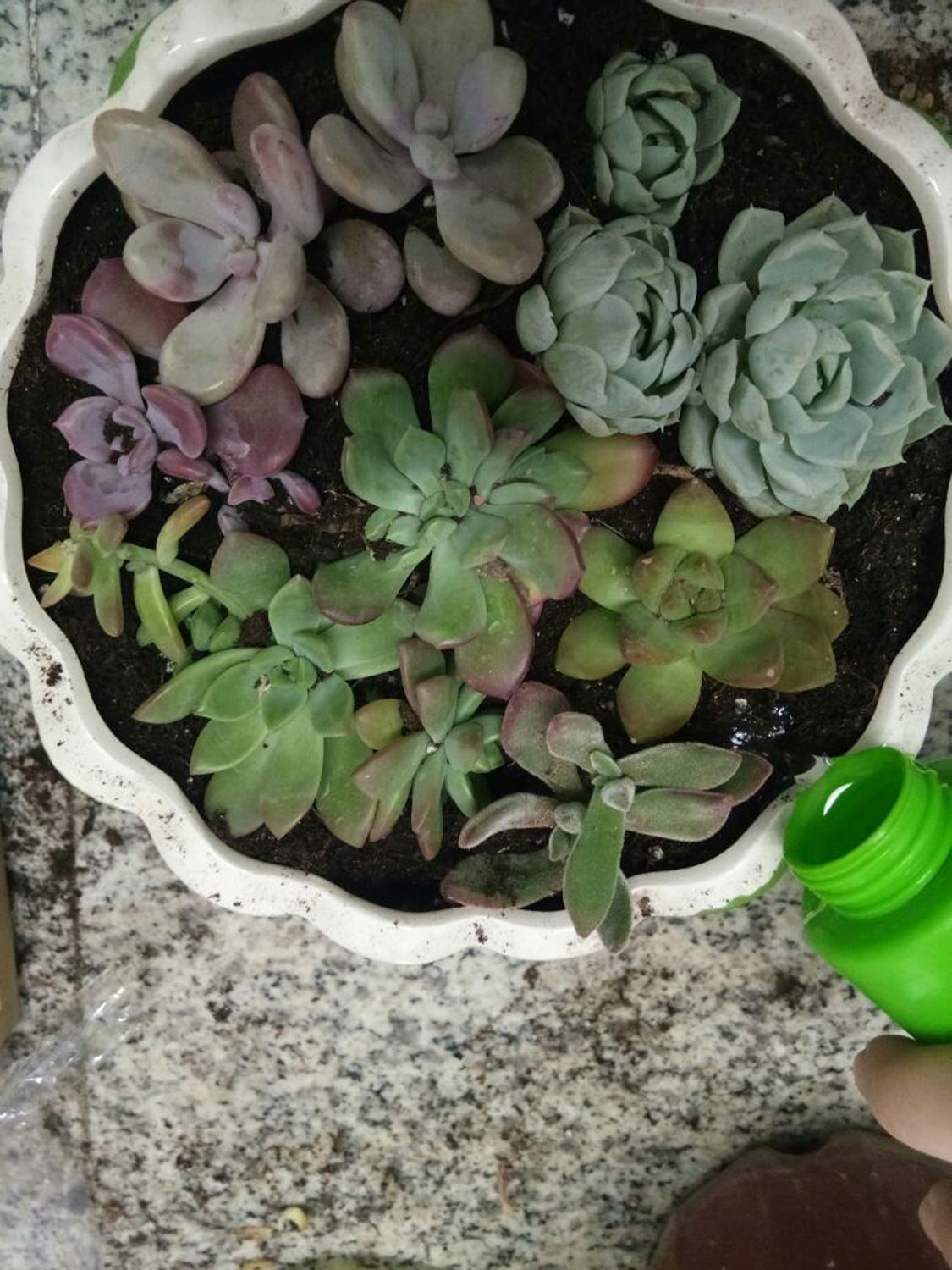
The sand is washed
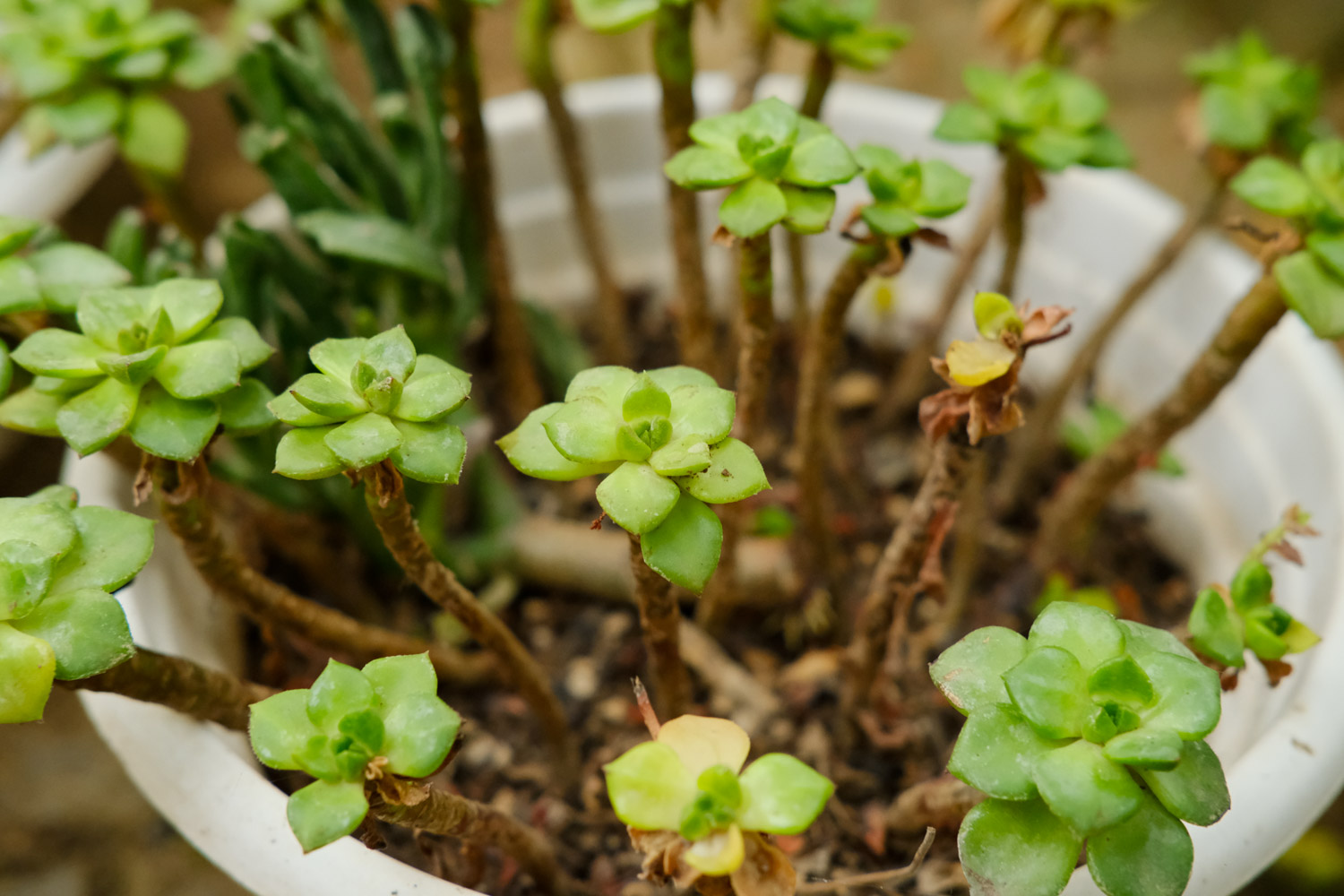
Step 3 air drying
Put the sand in the sun and see if the washed sand is very shiny

Now it's ready for use. Let's enjoy it

PS: the screening method of sea sand is the same as the above. However, it should be noted that the sea sand should be carefully cleaned, because there is a lot of salt in the sand. If it is not cleaned, it will affect the growth of plants
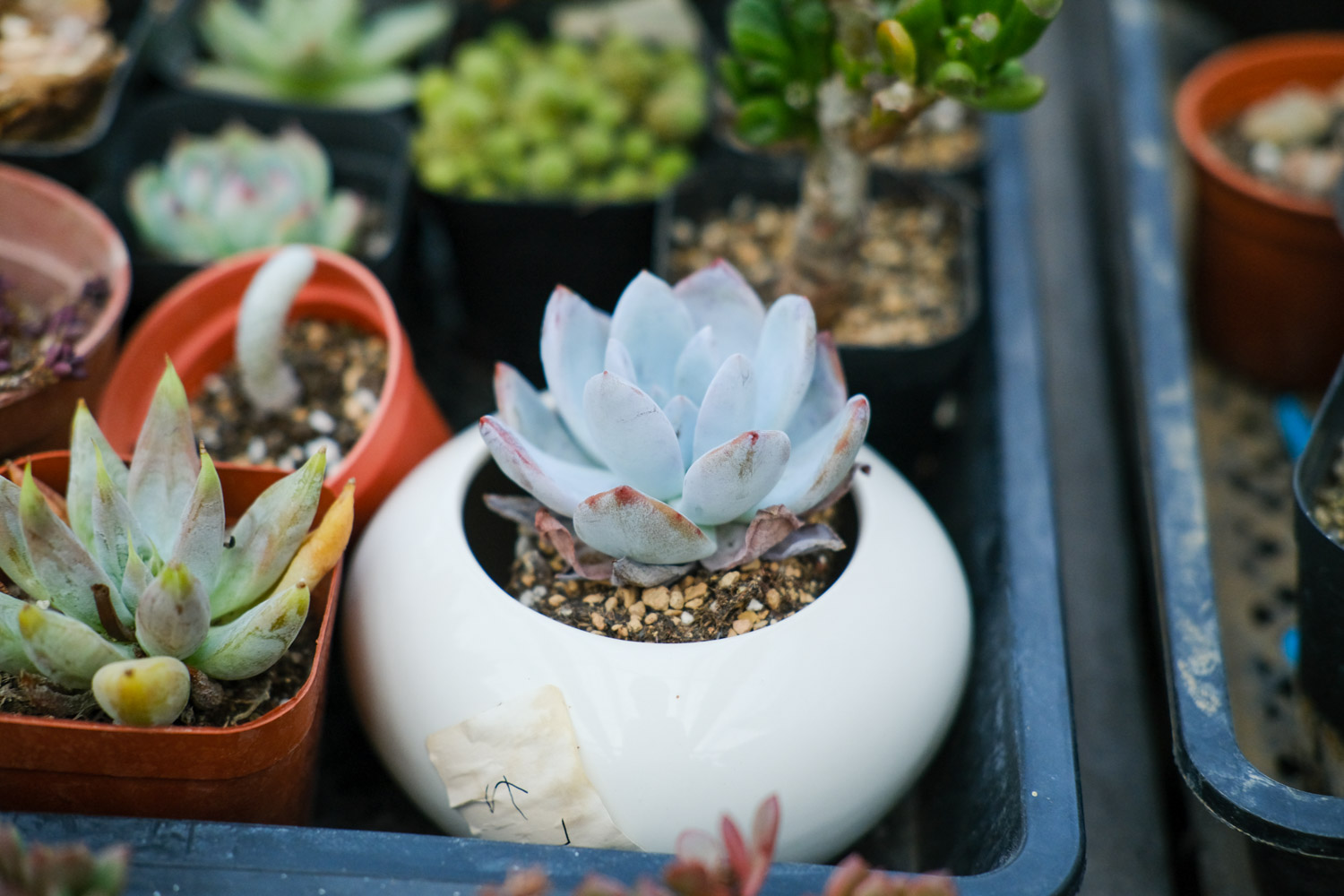

 how many times do yo...
how many times do yo... how many planted tre...
how many planted tre... how many pine trees ...
how many pine trees ... how many pecan trees...
how many pecan trees... how many plants comp...
how many plants comp... how many plants can ...
how many plants can ... how many plants and ...
how many plants and ... how many pepper plan...
how many pepper plan...